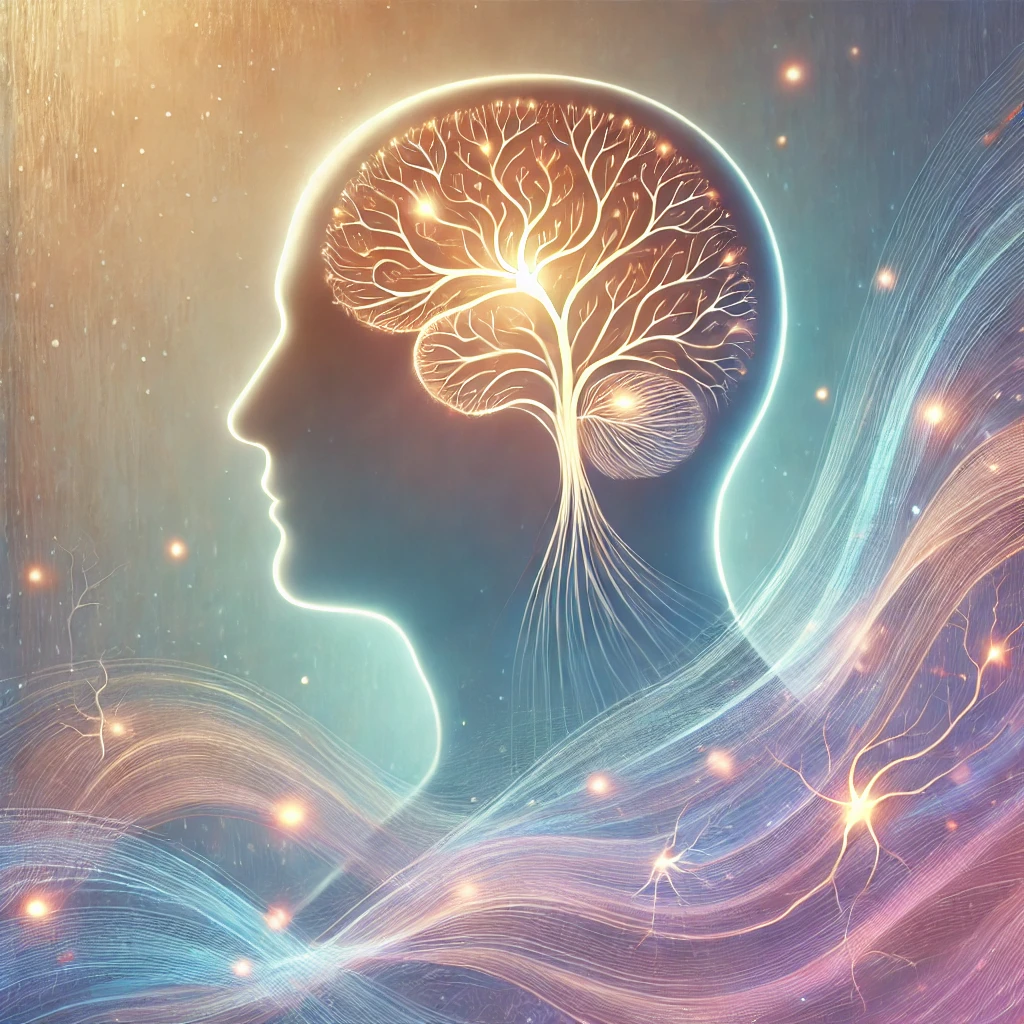Alzheimer’s disease is a devastating condition that affects millions of people worldwide. As the disease progresses, it can lead to a range of challenging symptoms, one of the most difficult being agitation. For those with moderate-to-severe Alzheimer’s, agitation can manifest as restlessness, aggression, or extreme anxiety, making it hard for patients to communicate and interact with others. This behaviour not only impacts the well-being of the patients but also places a significant burden on their caregivers, often leading to high levels of stress, burnout, and even the need for institutional care.
Managing agitation in Alzheimer’s patients is crucial, but it’s also incredibly challenging. Doctors typically begin with non-drug approaches, such as creating a calm environment, using music therapy, or engaging patients in activities that can help distract and soothe them. These strategies are often effective in milder cases, but as agitation becomes more severe, these non-drug methods may no longer work.
When non-drug treatments fail, medications become the next line of defence. However, the options currently available, such as antipsychotics, are far from ideal. While they can help reduce agitation, they also come with serious risks, including an increased likelihood of strokes and even death. These concerns have prompted researchers to search for safer and more effective alternatives.
A Promising Alternative
One area of research that’s gaining attention is the use of cannabinoids, which are compounds found in the cannabis plant. Delta-9-tetrahydrocannabinol (THC), the main psychoactive component of marijuana, is one such cannabinoid that has been studied for its potential to calm agitation in Alzheimer’s patients. However, THC’s use is controversial because it can cause side effects like impaired thinking and even psychosis, particularly in people without Alzheimer’s. This has led scientists to investigate other cannabinoids, including synthetic versions, that might offer similar benefits with fewer risks.
Nabilone, a synthetic cannabinoid that mimics some of the effects of THC, has emerged as a promising candidate. Unlike THC, which can have unpredictable effects on cognition, nabilone is designed to interact with the brain’s cannabinoid receptors in a more controlled way, potentially reducing agitation without the same level of risk.
To explore nabilone’s potential, a recent study was conducted on Alzheimer’s patients who were experiencing significant agitation. The study aimed to see if nabilone could effectively reduce agitation and whether it was safe to use in this vulnerable population.
The results were encouraging. Over a six-week period, patients who were treated with nabilone showed a significant reduction in agitation compared to those who received a placebo. This reduction was more substantial than what has been observed in studies using other common medications, like antipsychotics and antidepressants. In addition to calming agitation, nabilone also seemed to improve other neuropsychiatric symptoms, which include mood swings, irritability, and anxiety.
Weighing the Risks and Benefits
One of the most interesting findings was that nabilone did not appear to worsen cognitive function, which is a common issue with many medications used to treat Alzheimer’s symptoms. In fact, there was a slight improvement in cognitive scores, although this change was small and might not be meaningful in everyday life. However, this suggests that nabilone could be a safer alternative to antipsychotics, which are known to sometimes make cognitive problems worse.
Safety is always a top concern when it comes to treating older adults, especially those with complex conditions like Alzheimer’s disease. In this study, the most commonly reported side effect of nabilone was sedation, meaning some patients felt more sleepy than usual. However, this was not much more common than in patients who received a placebo, suggesting that nabilone might be a relatively safe option if the dose is carefully managed and patients are monitored closely.
Another area the study explored was whether nabilone could help with nutritional issues. Weight loss is a frequent problem in Alzheimer’s patients, and it’s associated with faster cognitive decline and a worse overall prognosis. While the study did not find that nabilone led to significant weight gain, it did show improvements in overall nutritional status, which could be important for patient health over time. It’s possible that a longer study period might reveal more about nabilone’s effects on weight and nutrition.
Despite these promising findings, it’s important to recognise the limitations of this research. The study had a relatively small number of participants, which means the results need to be confirmed in larger groups of patients. Additionally, the majority of the patients in the study were male, which might affect how applicable the findings are to the broader population of people with Alzheimer’s disease. Many participants were also taking other medications to manage their symptoms, which could have influenced the results. However, the study accounted for these factors as much as possible, and the findings are still encouraging.
Conclusion
Nabilone offers hope as a new treatment option for managing agitation in Alzheimer’s disease. While more research is needed to fully understand its benefits and risks, this study suggests that nabilone could be a safer and more effective alternative to the medications currently available. For patients and caregivers alike, this is a welcome development, offering a potential path to better managing one of the most challenging aspects of Alzheimer’s disease. With continued research and careful consideration, nabilone could become an important tool in improving the lives of those affected by this devastating condition.
Herrmann, N., Ruthirakuhan, M., Gallagher, D., Verhoeff, N. P. L. G., Kiss, A., Black, S. E., & Lanctôt, K. L. (2019). Randomized placebo-controlled trial of nabilone for agitation in Alzheimer’s disease. The American Journal of Geriatric Psychiatry: Official Journal of the American Association for Geriatric Psychiatry, 27(11), 1161–1173. https://doi.org/10.1016/j.jagp.2019.05.002

